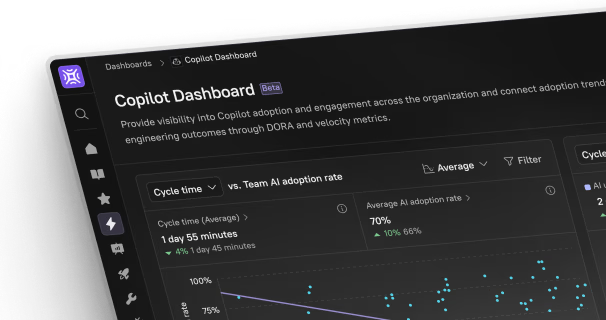Many organizations in MENA run their business on ERP platforms like Odoo, Microsoft Dynamics, or custom in-house systems. Yet, everyday workflows still live in emails, spreadsheets, and manual approvals. Low-code offers a practical way to bridge this gap—without rewriting the ERP.
The Challenge: ERP Is Central, but Not Enough
ERP systems are excellent at:
- Storing structured data
- Handling core finance, inventory, and operations
- Enforcing some business rules
But they are not always flexible enough to:
- Model every departmental workflow
- Expose user-friendly forms for all scenarios
- Integrate quickly with new channels (WhatsApp, portals, mobile apps)
That’s where low-code + ERP integration comes in.
How Low-Code Platforms Extend ERP
A modern low-code platform like Cortex can sit on top of your ERP and:
- Orchestrate multi-step workflows across departments
- Provide clean, guided forms for users and external partners
- Call ERP APIs to read/write data at the right steps
- Trigger notifications via email, SMS, or WhatsApp
Instead of modifying the ERP heavily, you build process apps around it.
Typical ERP + Low-Code Use Cases
Finance and Procurement
- Purchase requests and approvals
- Vendor onboarding and master data changes
- Budget and CAPEX approvals
Sales and Operations
- Special pricing approvals
- Order exceptions and escalations
- Coordination between sales, warehouse, and logistics
HR and Shared Services
- Headcount requests tied to ERP cost centers
- Asset requests and assignment workflows
- Travel and expense workflows integrated with ERP accounts
In each case, ERP remains the system of record, while low-code coordinates the end-to-end process.
Why Cortex Is a Strong Fit for ERP Integration in MENA
Cortex is designed to be ERP-aware and integration-first:
- Connectors and APIs for systems like Odoo and Dynamics
- Arabic-first UI for users interacting with these processes
- Cloud or on-prem deployment to sit close to your ERP and databases
- AI-enabled analytics to highlight bottlenecks and delays
Combined, this lets MENA organizations automate end-to-end business flows without risking ERP stability.
Best Practices for ERP + Low-Code Projects
1. Start Outside the ERP Core
Begin with workflows that touch ERP data but don’t require deep core changes, such as:
- Requests
- Approvals
- Master data change proposals
2. Align with IT and Business Owners
Bring together:
- ERP owners / functional consultants
- Business process owners
- The low-code implementation team
Define who owns the process, who owns the data, and what the success metrics are.
3. Design with Governance in Mind
Ensure that:
- Every low-code app has a clear data model
- API usage is monitored and rate-limited if needed
- Security roles map to ERP roles where appropriate
This prevents integration “sprawl” and keeps your architecture clean.









